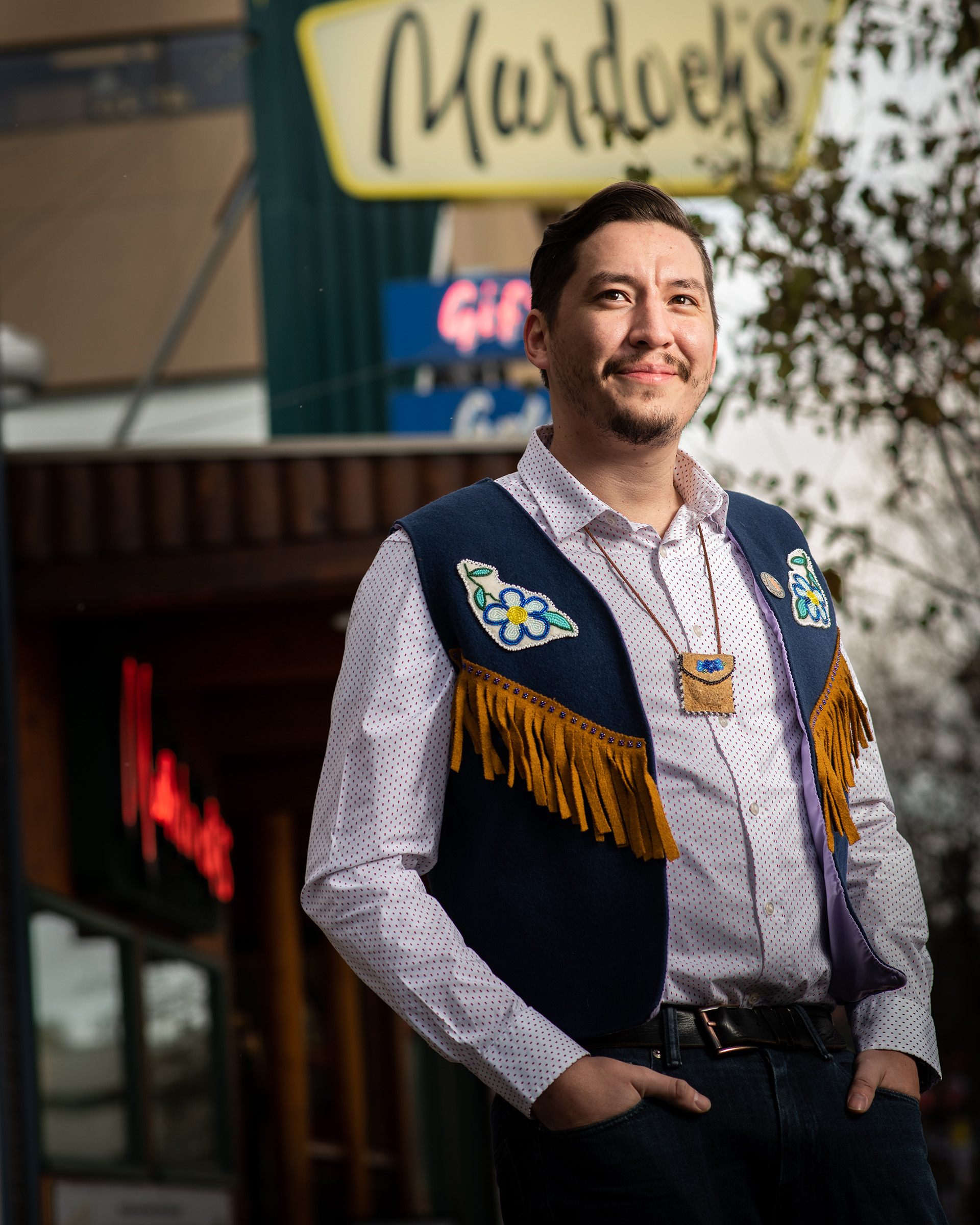When, in 2018 at age 31, Dana Tizya-Tramm was elected the youngest known chief of Canada’s Vuntut Gwitchin First Nation tribe, he was asked to represent a community battered by global warming. The permafrost underlying his hometown of Old Crow was thawing and the caribou and salmon populations that his people rely on for sustenance were in decline. The next year, he pledged to take his remote community of 250—dependent on imported diesel for electricity generation—carbon-neutral by 2030. Then he oversaw the installation of one of the largest solar projects in the Arctic, supplying a quarter of Old Crow’s electricity and reducing diesel consumption by about 53,000 gal. (200,000 L) a year. Now he is planning wind towers and a biomass plant to provide electricity through the dark Arctic winters. Other First Nation communities are taking note, he says—and so should everyone else. “If we can go carbon-free, why shouldn’t the rest of the world?”
- Why Trump’s Message Worked on Latino Men
- What Trump’s Win Could Mean for Housing
- The 100 Must-Read Books of 2024
- Sleep Doctors Share the 1 Tip That’s Changed Their Lives
- Column: Let’s Bring Back Romance
- What It’s Like to Have Long COVID As a Kid
- FX’s Say Nothing Is the Must-Watch Political Thriller of 2024
- Merle Bombardieri Is Helping People Make the Baby Decision
